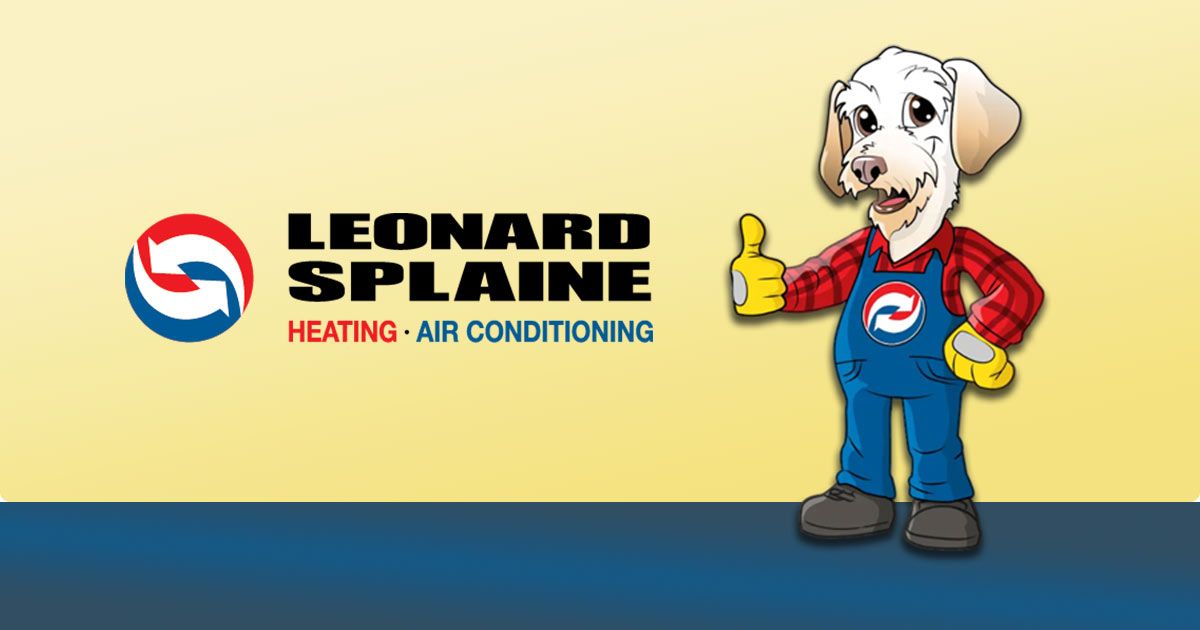Leonard Splaine Best HVAC Practices For Preventing Illnesses and Viral Infections

The prevalence of respiratory illnesses like influenza and the unprecedented coronavirus strain understandably take time away from family, friends, and coworkers. But just because social distancing and preventative habits like hand washing and surface cleaning work doesn’t mean they’re the end-all for preventing the spread of viruses in your home.
Some of the best-working preventions result from applying HVAC principles, such as controlling your home’s humidity, air quality, temperature, and more. Let’s take a closer look at how humidity affects viruses and the fundamental ways that a quality HVAC system can reduce anxiety about getting ill at home while providing you comfort and peace of mind.
Humidity Slows Viral Infection Rates
Regardless of outdoors or indoors, viral infections occur more frequently where the air is dry, including with the flu and coronavirus. Lowering a room’s temperature won’t affect spreading viruses, but cold air does prevent greater moisture accumulation than in warm air.
Airborne particles last longer in dry air, and viruses benefit from a lack of moisture in the same way. For example, in especially cold and dry weather common around the holidays, people tend to stay indoors together, more easily spreading bacteria and viruses between them in closed environments.
Homes are normally dry in the winter and humid in the summer, but depending on where you live, your home’s humidity level has a higher chance of being within a certain range. For instance, in Virginia, our summers are very humid and our winters are dry. This isn’t the case for most homes in Arizona or Colorado, where the climate is typically dry year-round.
The sweet spot between extremes of humidity and dryness in your home’s air range between 30 and 60 percent of relative humidity. If you’re unsure of the sources of unwanted humidity in your home, ask a certified HVAC professional for an evaluation.
HVAC Techniques For Avoiding Viral infections
Though every year brings fresh viral strains, it’s possible to secure your entire home with high quality air solutions that reduce the chance of you or a loved one getting sick. The most important areas toward preventing viral infections have to do with controlling air purity, humidity levels, and the flow of new air into your home.
- Improve Indoor Air Humidity
Low humidity in your home can make contraction and progression of illness from airborne viruses easier. Using a humidifier is a classic way to add moisture to the air, and more modest techniques, like adding a few houseplants to your home, can noticeably improve the air quality.
- Airflow/Ventilation
While modern homes are much more efficient at energy conservation, it’s also easier for virus particles to get trapped in particular spaces where there isn’t enough airflow. A professionally-assessed ventilation system for your home helps push stale air back out while pulling fresh air in.
- Air Purity
Though microscopic, particles in the air vary in size, and a high quality air purifier or filter substantially reduces the quantity of active bacteria and virus particles. Regular filtration in your home gives the air a crisper feel and a healthier disposition.
[embedyt] https://www.youtube.com/watch?v=tR9m_EXqvwA[/embedyt]
